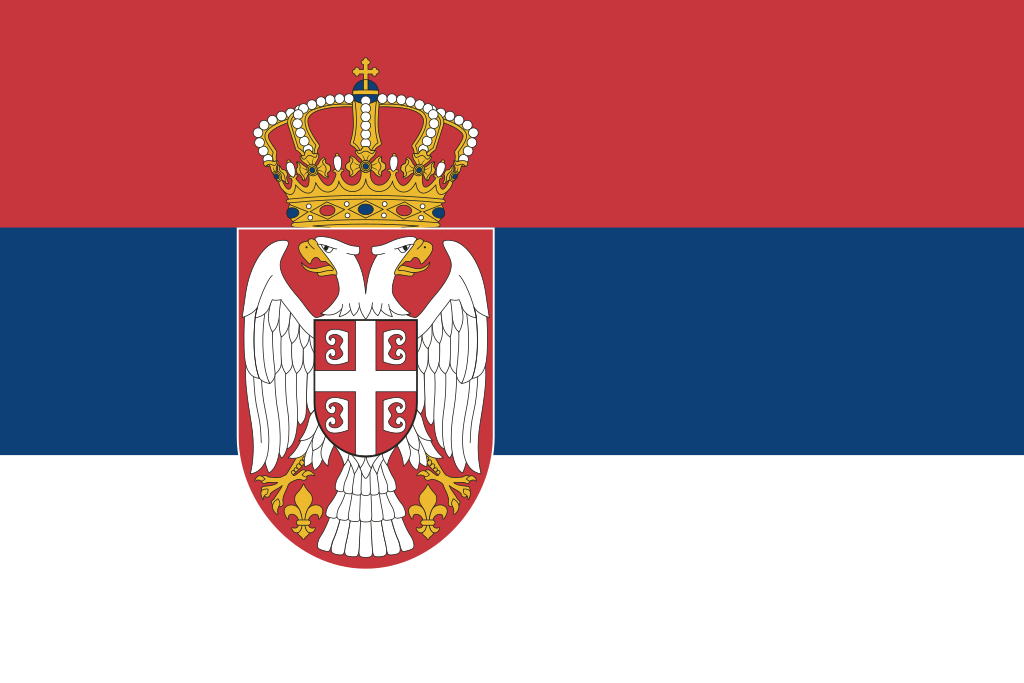- Also Known As:
- Big Picture
- Version
- needed to precede following dl
- Languages:


- Length:
- 111 minutes (Uncut)
- Review Format:
- DVD
- Year:
- 2010
- Country:
- Predominant Genre:
- Thriller
- Director:
Director Eric Lartigau - Outstanding Performances:
Outstanding Performances Entire cast 
- Premiss:
- A successful lawyer with a seemingly-perfect life discovers that his wife is having an affair; accidentally killing her lover in a moment of madness.
- Themes:
- Advertising | Aggression | Alienation | Art | Atheism | Capitalism | Civilization | Coming‑of‑age | Corporate Power | Curative | Destiny | Emotional repression | Grieving | Guilt | Identity | Individualism | Loneliness | Materialism | Narcissism | Original Sin | Parasitism | Passivity | Personal | Political | Political Correctness | Positive Discrimination | Preventive | Propaganda | Sadomasochism | Schizophrenia | Self‑Expression | Solipsism | Totalitarianism | The West | White culture | White guilt | White people | White privilege | White supremacy
- Similar to:

Well‑acted and interesting examination of the identity‑crisis and self‑entrapment at the heart of a White culture as narcissistically‑inclined as Caucasia. It fails to address why such moral angst exists among Whites – in the first place – nor what meaningfully can be done about it.
Because of the volitional, self-loathing repression necessitated by the White belief in their genetic supremacy over all other ethnic groups, Whites have great difficulty learning whom they are (in contradistinction to those other groups) and, thus, what is best for them. Whites most often struggle through boring jobs, tiresome fair‑weather friends & superficial lives that never fully satisfy them in the way that a life based on a clear awareness of oneself, of others and of one’s potential to be fully‑human ever could.
It is hardly‑surprising, therefore, that the White central character here is living‑out an existential crisis – rather than a real life – until he directly communicates with his emotions and finds that they offer him little pleasure; only an all‑consuming anger and a desperate resort to criminality and immorality.
Venturing to another country to escape the culturally‑conditioned and intolerable responsibility of being himself, this antagonist soon discovers that he is an excellent photographer. He should never have become the lawyer he was, since the latter profession only guaranteed him social acceptance among those as morally‑empty as he, himself – but never self‑acceptance. Yet his basic existential problem remains: Concealing whom he is from others, rather than just from himself.
Jumping from the frying pan into the fire means the central character has to move from country‑to‑country to continually retreat from those trying to ascertain his true identity: An excellent analogy for the White fear of self‑discovery and of being discovered by others for being nothing more than bluffers
. And this is where the film fails to deliver in its overly‑contrived and artificial denouement.
The central character never faces‑up to the fact that his culture is a moral trap from which he can never escape, unless he faces up to his crimes. No other culture will accept him – and he will never accept another – which he tacitly acknowledges by never wasting his time trying to gain such acceptance. Instead, the film posits the notion that simply being helpful to others can make‑up‑for and be adequate penance for sins, despite the aid only ever being granted to those who are most likely to be grateful for it. A typical White cop‑out for the fact that White culture offers few rewards for honesty; only an unremitting White guilt, anomie & ennui for lives half‑lived. Without justice, there is no humanity worthy of the name; manifest here as the loneliness produced by parasitic passive-aggression. This kind of White supremacy is Affirmative Action for White people, replete with phony‑redemption and fake self‑esteem.
This film lacks precisely the necessary compassion and empathy for the victims of those Whites too lazy to find out whom they are; undercutting any suggestion that the central character has truly come‑to‑terms with his fundamental humanity. Instead, he must always run from those he has hurt, in order to avoid hurting them more; while avoiding any of their inevitable revenge that might come his way. Without family or friends, this anti‑hero must spend his whole life grieving for a life he never had, does not have – and never will.
The French title (The Man Who Wanted to Live His Life) more accurately captures the existential‑groping of the movie than does that of the original book (The Big Picture) upon which it is based. Yet, the central character never honestly addresses this so‑called big picture: The failure of his culture to provide him with a deep‑seated & rational identity, along with its inability to logically help him in times of existential crisis.
Being White means rarely knowing whom one is, since the unbearable guilt that such knowledge brings can paralyze further thought and action; leading to the resulting belief that such self‑awareness will inevitably incite the knowledgeable to either crime, hermitage or suicide – a consummation devoutly to be avoided. This is well‑reflected in all of the performances here, but the rather obvious and deliberate two‑dimensionality of the characters is never dramatically‑explored because of the undercurrent of emotional‑dishonesty throughout.
Ultimately, this is a big personal picture presented on a narrow political screen. And without meaningful political context, no truly big picture is ever presented to the audience – only the mealy‑mouthed pretense of same that Whites vainly‑hope creates a reality superior to the life‑denying bleakness they created for themselves and their culture. Without a clear path to the future, based on a clear path from the past, no‑one can ever truly extricate themselves from being whom they currently are – despite what this film pretends.





No comments:
Post a Comment